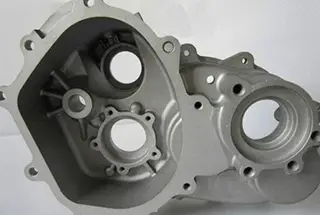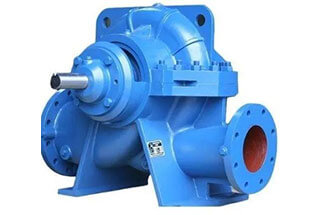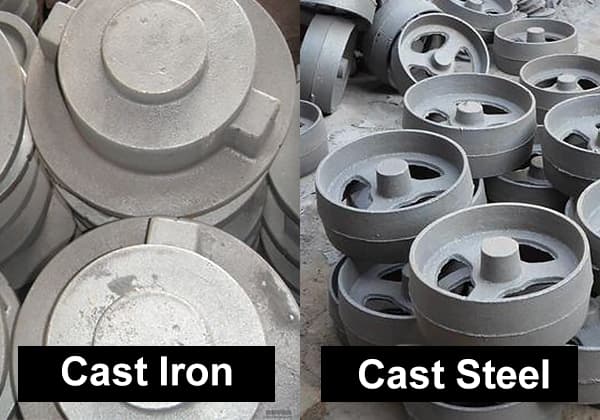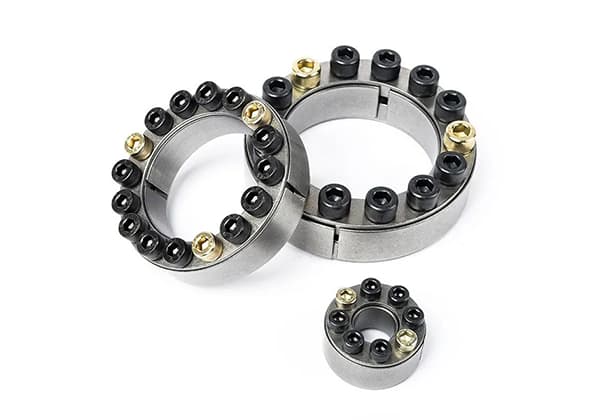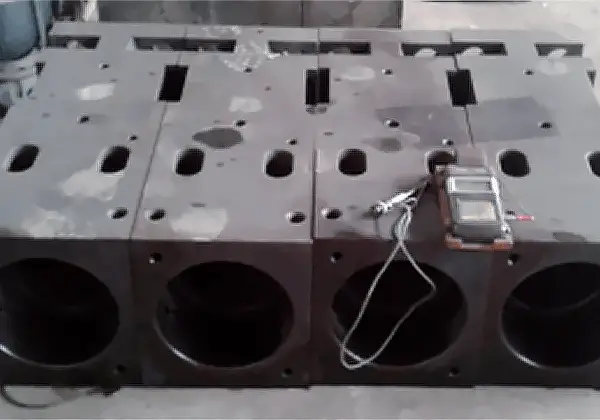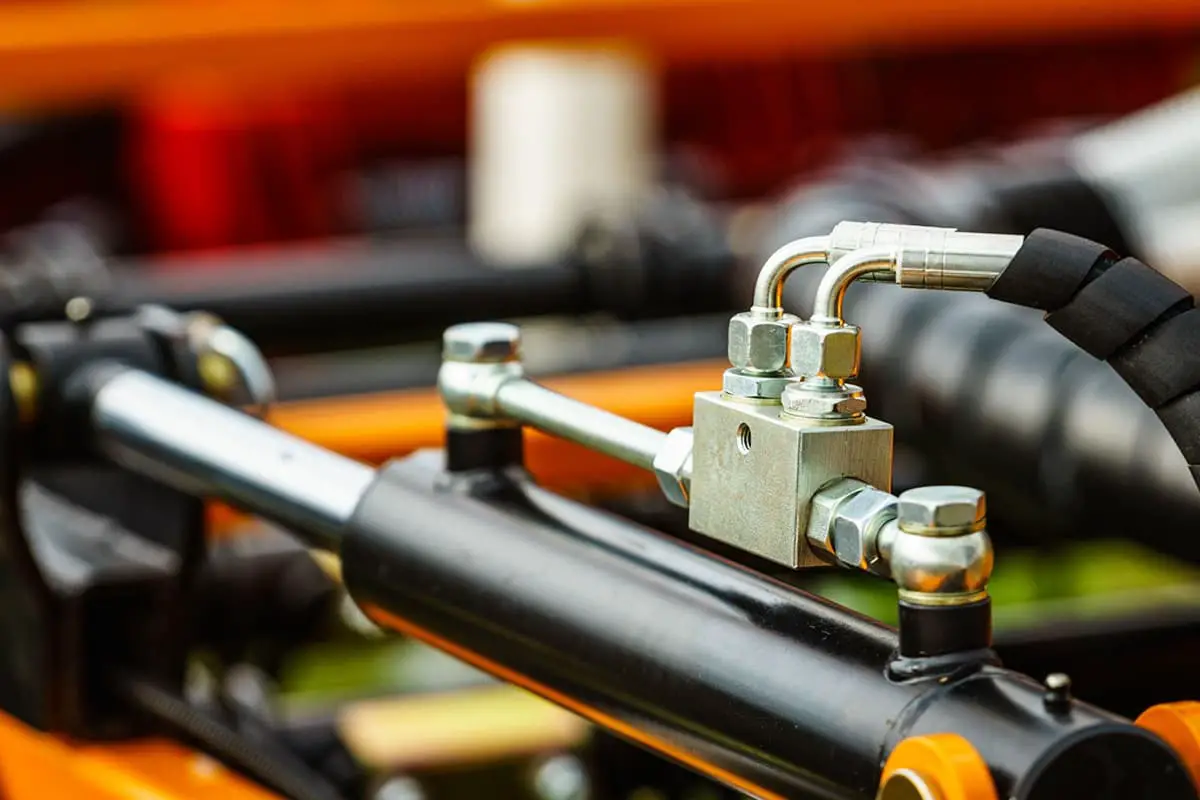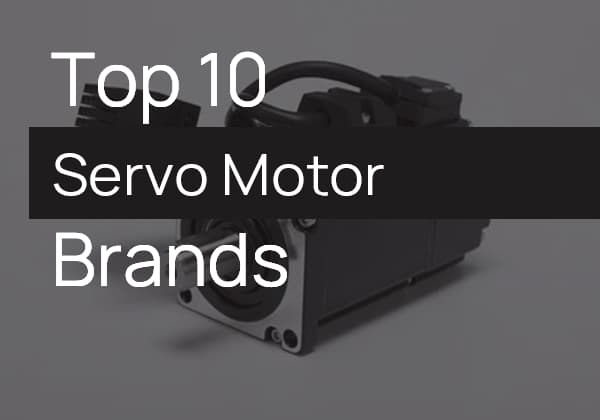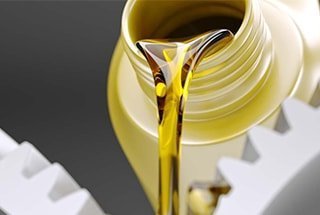
Have you ever wondered how excavators and other heavy machinery perform their powerful tasks? In this article, we’ll explore the fascinating differences between hydraulic pumps and motors. You’ll learn how these crucial components work, their unique features, and why they can’t be used interchangeably. Get ready to uncover the secrets behind their operation!
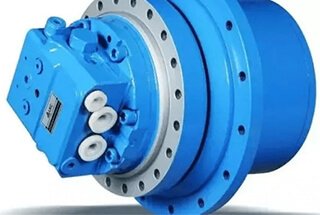
Hydraulic pumps and motors are fundamental components in hydraulic systems, each serving distinct yet complementary functions. While they share similar operating principles, their design and application differ significantly.
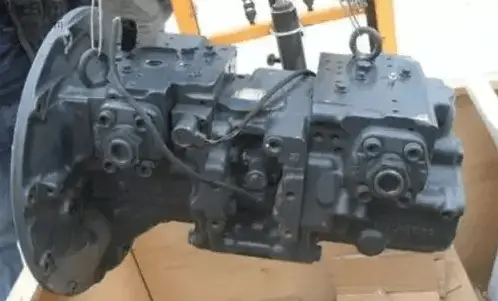
Hydraulic pumps convert mechanical energy into hydraulic energy by generating flow and pressure. They are typically driven by an electric motor or combustion engine and are engineered to achieve high volumetric efficiency. As the primary energy conversion device in a hydraulic system, pumps are responsible for pressurizing and circulating the hydraulic fluid.
Conversely, hydraulic motors transform the pressure energy of the fluid back into mechanical energy, producing torque and rotational speed. These components are optimized for high mechanical efficiency and serve as actuators in the system, directly powering various mechanical operations.
The structural design of hydraulic motors is inherently symmetrical, allowing for bi-directional rotation. This feature is crucial for applications requiring reversible motion. In contrast, certain hydraulic pump designs, such as gear and vane pumps, are often unidirectional, with specific rotational constraints.
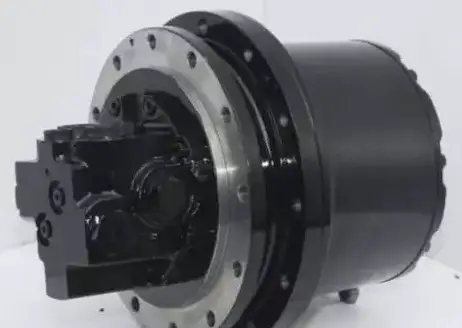
A key structural difference lies in the port configuration. Hydraulic motors typically incorporate separate leakage ports in addition to the main inlet and outlet ports. This design facilitates better fluid management and system efficiency. Most hydraulic pumps, excluding axial piston variants, generally feature only inlet and outlet ports, with internal leakage often redirected to the inlet.
Efficiency characteristics also differ between the two components. Hydraulic motors generally exhibit lower volumetric efficiency compared to pumps, a trade-off for their ability to generate high torque at low speeds. Pumps, conversely, are designed to operate at higher speeds with superior volumetric efficiency.
The gear geometry in gear-type hydraulic components further illustrates their functional differences. Gear pumps typically feature a larger suction port relative to the discharge port, optimizing fluid intake. Gear motors, however, maintain equal-sized ports to accommodate bi-directional flow. Additionally, gear motors often employ a higher tooth count than gear pumps, enhancing torque production and smooth operation.
In vane-type hydraulic components, the vane orientation and retention mechanisms differ significantly. Vane pumps utilize diagonal vane placement, relying on centrifugal force and pressure oil for vane-to-stator contact. Vane motors, however, employ radially oriented vanes with spring-assisted contact, ensuring consistent performance across various operating conditions.
While hydraulic pumps and motors share the fundamental principle of volumetric displacement, their specific design features and performance characteristics are tailored to their respective roles in hydraulic systems. This specialization precludes their interchangeable use in most applications.
In the context of heavy machinery like excavators, both components play critical roles. The hydraulic pump, driven by the prime mover (typically a diesel engine), pressurizes the hydraulic fluid. This pressurized fluid is then directed to various hydraulic motors throughout the machine, powering functions such as track drive, swing mechanisms, and attachments. The synergy between these components enables the precise control and high power density characteristic of modern hydraulic systems.
Understanding these distinctions is crucial for system design, maintenance, and troubleshooting in hydraulic applications across various industries, from construction and manufacturing to aerospace and marine engineering.
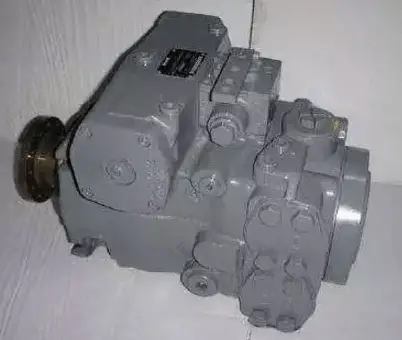
Divided by structure:
Divided by whether the displacement can be adjusted:
Divided by oil discharge direction:
Divided by pressure level:
Gear pump:
Relatively small in size, simple in structure, with low oil cleanliness requirements, and an affordable price, gear pumps are widely used in various industries such as mining equipment, metallurgical equipment, construction machinery, engineering machinery, agricultural and forestry machinery.
However, the pump shaft is susceptible to unbalanced forces, severe wear, and large leaks.
Vane pump:
The pump has uniform flow, stable operation, low noise, a higher operating pressure, and high volumetric efficiency, though it has a more complex structure compared to a gear pump. High-pressure vane pumps are commonly utilized in hydraulic systems of lifting and transport vehicles, as well as engineering machinery.
Plunger pump:
High volumetric efficiency, low leakage, ability to operate under high pressure, and widespread usage in high-power hydraulic systems are the key features of plunger pumps. However, their complex structure, high demands for material quality and processing precision, and high cost, along with the requirement for highly clean oil, can be drawbacks.
Plunger pumps are widely utilized in automotive diesel engines for delivering high-pressure fuel.
Classified by Structure:
Classified by Speed and Torque Range:
Geared Hydraulic Motor:
Vane Type Hydraulic Motor:
Axial Plunger Motor:
Hydraulic pumps and motors are both energy conversion elements in hydraulic transmission systems.
What is the difference between the two? How can they be distinguished?
In theory, hydraulic motors and pumps are both reversible.
Structurally, the two are similar in design.
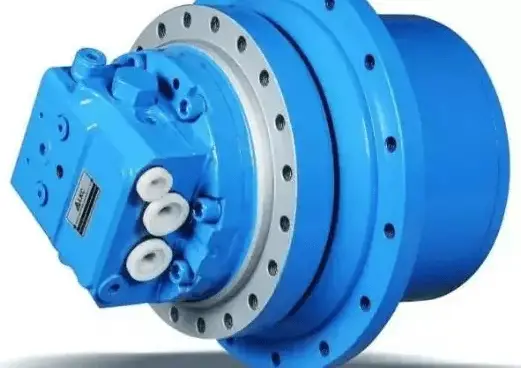
Hydraulic motors and pumps have similar basic components: a closed chamber that can periodically change its volume and a mechanism for distributing oil.
Both hydraulic motors and pumps operate on the principle of suction and discharge by exploiting changes in the sealed working volume.
In the case of hydraulic pumps, oil is drawn in when the working volume expands, and high-pressure oil is expelled when the working volume decreases.
For hydraulic motors, high-pressure oil is introduced when the working volume expands, and low-pressure oil is released when the working volume decreases.

